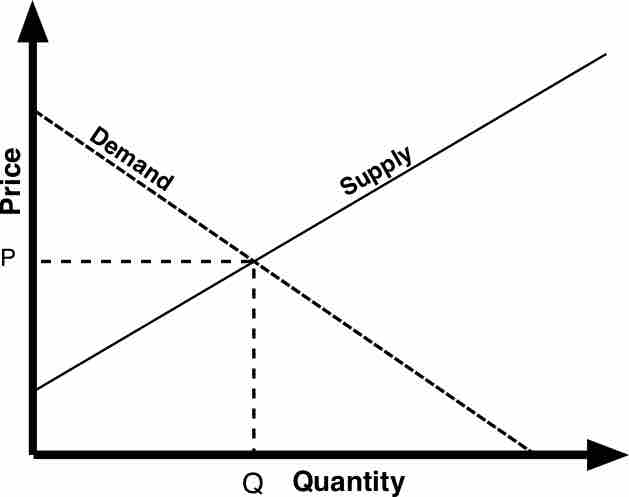Microeconomics deals with the economic interactions of a specific person, a single entity, or a company. These interactions, which mainly are buying and selling goods, occur in markets. Therefore, microeconomics is the study of markets. The two key elements of this economic science are the interaction between supply and demand and scarcity of goods .

Supply and Demand Graph
Microeconomics is based on the study of supply and demand at the personal and corporate level.
One of the major goals of microeconomics is to analyze the market and determine the price for goods and services that best allocates limited resources among the different alternative uses. This study is especially important for producers as they decide what to manufacture and the appropriate selling price. Microeconomics assumes businesses are rational and produce goods that maximizes their profit. If each firm takes the most profitable path, the principles of microeconomics state that the market's limited resources will be allocated efficiently.
The science of microeconomics covers a variety of specialized areas of study including:
- Industrial Organization: the entry and exit of firms, innovation, and the role of trademarks.
- Labor Economics: wages, employment, and labor market dynamics.
- Financial Economics: topics such as optimal portfolios, the rate of return to capital, and corporate financial behavior.
- Public Economics:the design of government tax and expenditure policies.
- Political Economics: the role of political institutions in policy.
- Health Economics: the organization of health care system.
- Urban Economics: challenges faced by cities, such as sprawl, traffic congestion, and poverty.
- Law and Economics: applies economic principles to the selection and enforcement of legal regimes.
- Economic History: the history and evolution of the economy.